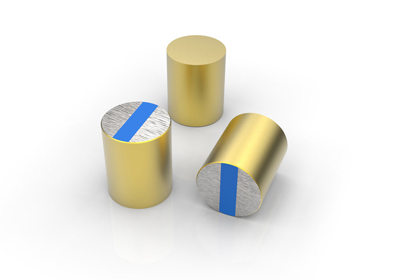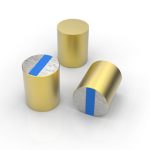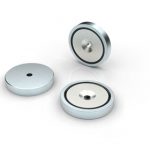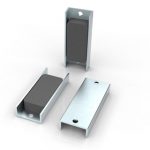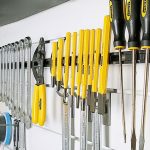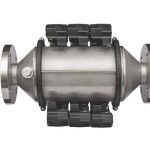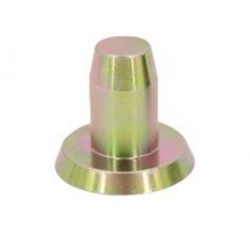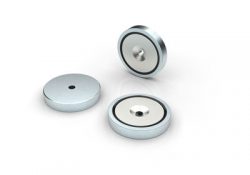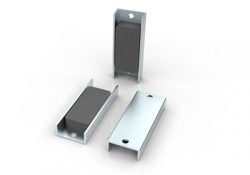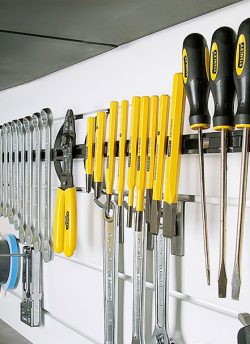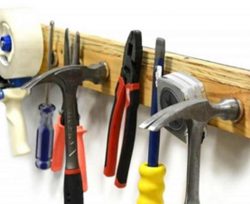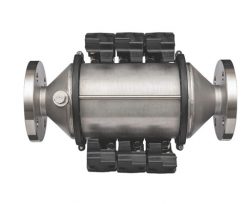Deep Pot Magnet
Different from other pot magnets at the first look, these deep pot magnets are actually designed, produced using the same principle. By using the steel housing, magnetic energy is focused and thus a higher holding force can be achieved.
Application of Deep Pot Magnet
The deep pot magnet is widely used in, for example, mechanical related application, holding devices, etc.
FAQs about Deep Pot Magnet
What is Deep Pot Magnet
A deep pot magnet is a magnet system. The magnet is housed in a cylindrical housing, which is usually made of galvanized steel or the copper-zinc alloy brass. The magnet systems can be glued in,… Deep pot magnets with different housings and different magnetic cores. A deep pot magnet is a magnet system.
What’s the magnetic core of Deep Pot Magnet
The magnetic cores of the deep pot magnets consist of neodymium (NdFeB), samarium-cobalt (SmCo) or Alnico (AlNiCo), an alloy of aluminum, iron, copper, nickel and cobalt. Depending on the material used, the magnets have a different adhesive force and react differently to high temperature requirements.
What’s the application of Deep Pot Magnet?
The application possibilities for deep pot magnets are very diverse: Crafts / Industry / Semiconductor Technology / Warehousing / Office / School / Research
In addition to commercial applications, the magnet systems also serve as a practical aid in the private sector for attaching or fixing objects. The deep pot magnet systems are, however, optimized for use as industrial magnets and are preferably used in mechanical engineering or tool construction.
How to use deep pot magnets?
When installing the deep pot magnets make sure that it is directly surrounded by iron. In this case, the adhesive force is reduced by up to 15 percent. It does not matter whether the casing is galvanized or brass. A minimum distance of several millimeters between the housing and the surrounding iron solves this problem. The specific recommended distance varies, but is usually specified by the manufacturers. The adhesive force can also decrease if the magnets are used on uneven, painted or thin surfaces.
